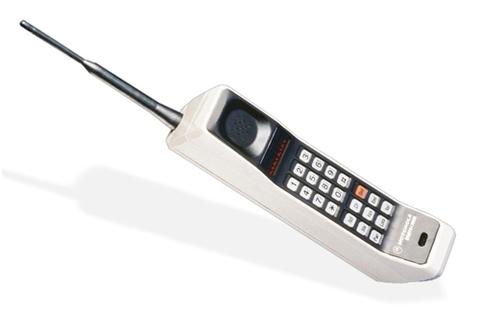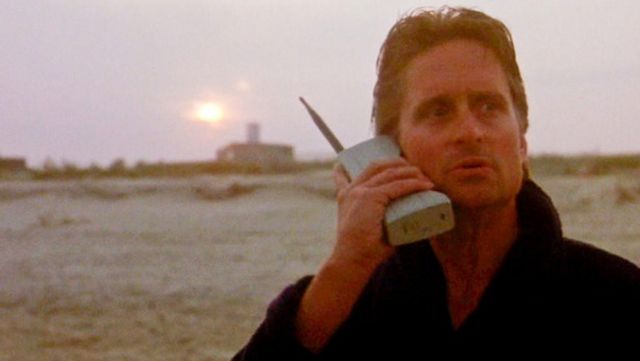It may seem weird that we refer to those devices in our pockets as “cell phones.” Certainly, we can all remember when their primary purpose was to make and take telephone calls; that was only just a few years ago. Still, future generations may be confused when they look at a general-purpose computer that is rarely used for audio communication and find it’s called a “phone” from the Greek word for “sound.” English is full of confusing things like that.
OK, what about “cell?”
At least in 2020, though, we understand where the “phone” part comes from. What about the “cell” part?
The original phones, as we all know, were wired, and when wireless phones were first invented they relied on the marine radio network to operate. They were called “radiophones” or “wireless phones” by the very few people who had them, and like the earliest telephones they required an operator to connect two parties.

By the early 1980s it was possible although rare to make calls from a device small enough to fit in a briefcase. Although these early phones could be handheld, their poor battery life and high weight meant that they were much more commonly known as “car phones,” since it made a lot more sense to wire them into a 3-ton vehicle. Still, those early phones were the first to allw people to directly call someone without operator intervention and to keep talking as long as you were within range of a broadcast tower.
Cellular technology
The key to this miracle is cellular technology. We don’t often think of the towers and wires that make our modern communications possible, but it’s the tower, not the phone, that was really the technological whiz. A team at Motorola led by John Mitchell and Martin Cooper were the first to demonstrate the idea that a phone could automatically switch from tower to tower. That’s the whole key… you wouldn’t want a phone that could only work within a mile of home. They called the individual towers “cells” because like skin or muscle cells they would be arranged in predictable patterns and together would form a larger carpet of coverage.
How cells work
There’s a lot going on behind cell towers, but essentially it boils down to a phone constantly broadcasting its unique device identification number out to the network. More than one tower picks up a signal, generally. One tower specifically responds to say that it will be the routing point for all the calls and data going to that phone. As you move, the signal is picked up by more towers. As the signal gets weaker to the tower you’re using, another tower automatically takes over. This happens so quickly that you don’t even notice it.
Cell towers sit between .5 miles and 1.5 miles from each other. It depends on the technology used in your phone, Multiple towers overlap in densely populated areas. In this way there’s enough capacity. It doesn’t matter if it’s to make a call, watch a video, or send a text. The network’s design resembles cells in the body. Whenever possible, a damaged cell doesn’t bring everything down. If one cell fails others will take over the load.
How we came to call them cell phones
Back in the early 1990s, though, people still didn’t know what to call this magical technology. I remember calling them several things. “Mobile phones,” “wireless phones,” “handheld phones,” and rarely “cellular telephones” were all in the vernacular of the time. By the late 1990s folks here in the US had settled on “cell phone” un most cases. Some just said “cell” even then. People in other parts of the world had settled on using “mobile” instead.

I personally believed at the time that there was a simple explanation. The word “cell,” which is a homophone for “sell,” fit the character of the time. These phones emerged in the US as status symbols for the financial elite. This is thanks to their use in Wall Street, an influential 1987 film. The words “cell phone” also are a homophone for “self-own” in this case. This is another case where the character of the day may have contributed. In the age of the Yuppie, to “own” wasn’t an ironic term for “dominate” as it is today. Ownership and self-aggrandizement were the hallmarks of the boomer generation back then.
Call it what you will…
So it may technically be a lot more than a phone but it’s still cellular. It may not be moving at the moment but it’s still part of the cellular network. I think we picked the right nickname even if it takes a little bit of explaining.
If you’re looking for a new cell phone, call the experts at Signal Connect at 888-233-7563. If you’re looking for cellular accessories, shop the great selection available now at Solid Signal.





